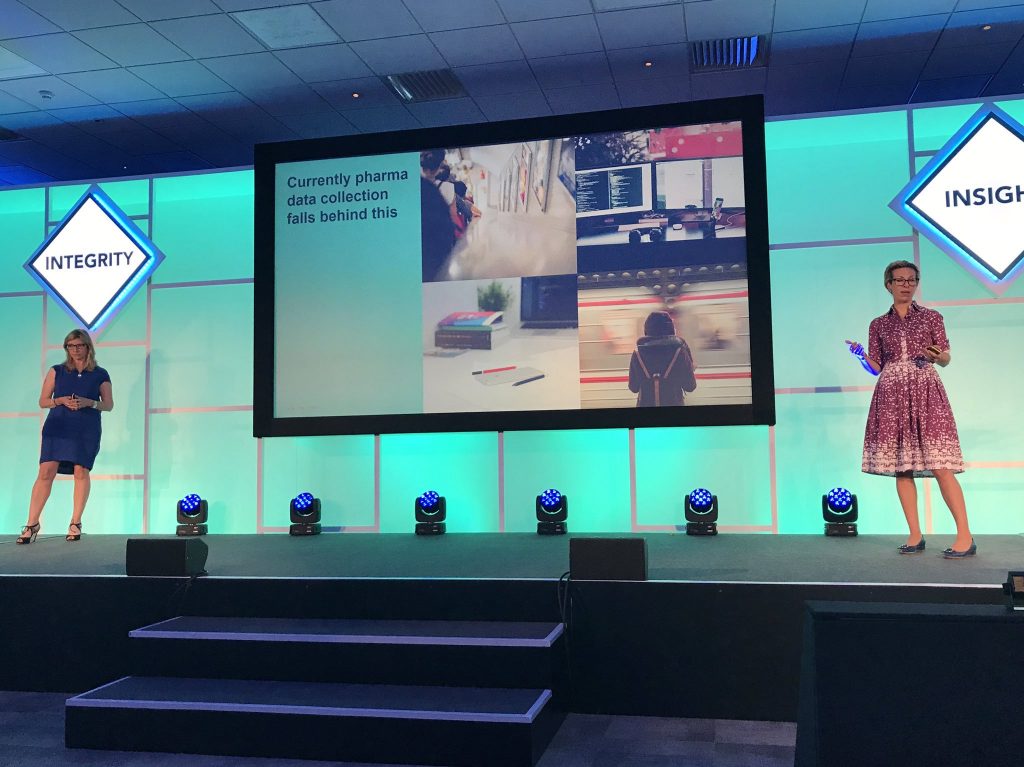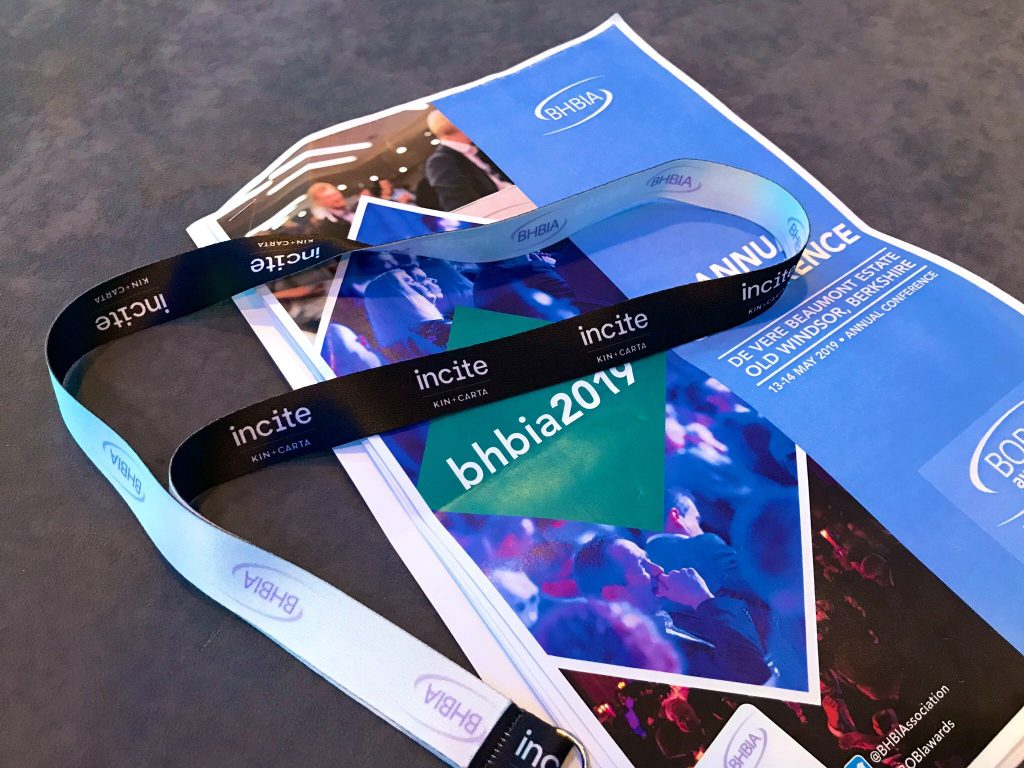Frustrated? Three ways to feel better about what your data can do for you
Julie Neilson (Head of Planning at Edit) and Dr Pamela Walker (Head of Health and Director at Incite) shared some food for thought on data science at the BHBIA last week.
The concept of Data Science can seem out of reach in the reality of your own business. You may say to yourself: we don’t have the data to tell us that; the tech doesn’t exist to do that; or (a favourite), we could do it but the regulations won’t let us.
As humans, we are by nature creatures of habit and resistant to change. So when something is new and different it is understandable that we have doubts. That said, what can be done with big data is now so accessible we need to open our minds to the opportunity it presents.

Here are three quick tips to help you unlock the achievable potential of your numbers:
1 / Start with your project objective, then take a step back
Consultants the world over advocate starting a project with a specific objective. But sometimes with data this can lead to a narrowing of focus – searching for a specific answer rather than finding opportunities for mining new insights. Go back to your broader business objective and be open-minded about what the data has the potential to uncover. A new audience? An unexpected behaviour? Support for a new hypothesis?
Then go back to your project brief and improve it.
2 / Take a holistic approach to measurement
With big data comes big expectations. But how does impact measurement work in this context? Unfortunately it is seldom simple, and we often fall prey to the old trap of over-emphasising the importance of KPIs we can analyse, while ignoring those we can’t.
It’s important to realise that even in the context of data science, numbers are never the whole story. A more inclusive approach is needed to go back to your initial objective and construct a holistic picture based on all of the indicators: the data, qualitative insight, anecdotal evidence, and salesforce behaviour. You will create a broader and more realistic picture – one that is ultimately more useful.
3 / Be in it for the long term
Build your project plans on the principle that your data insight will mature, and over time you will reap the business benefits. Look for long term trends in terms of incremental returns. Be prepared to build and enhance your customer segments based on an evolving pool of insight.
We can’t always have the exact data to prove that A + B = £C. We do, however, have data – be it borrowed, incomplete or anonymised. And while we have data there will always be a value in it; you just have to know where and how to look.




